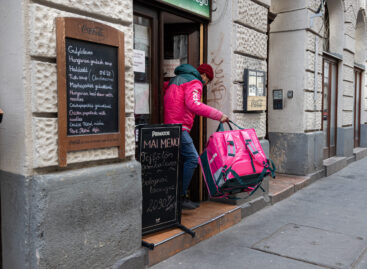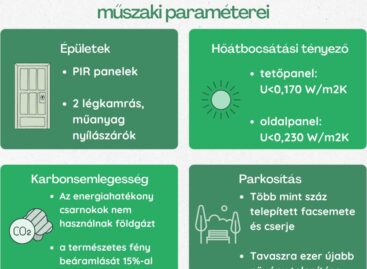Our trade balance is still positive, but…
As a highly industrialised country, the Czech Republic easily integrated into the economic structure of the European Union after 2004. After the political transformation the country’s economy strengthened, thanks to privatisation and foreign investments. The country developed close ties with the German economy. In the Czech Republic 1 million cars are manufactured a year, 80 percent of which is sold abroad – the automotive industry is responsible for 24 percent of industrial production. There are 10.6 million people living in the Czech Republic and 54.8 percent of the land is used for agricultural production; 34.4 percent of the country’s 78,900km² territory is forests. The employment rate is high at 52 percent – 5.5 million people are working – and the unemployment level is 6.5 percent.
In 2015 the country’s economic growth was 4.2 percent and the level of inflation was 0.3 percent. Per capita GDP is USD 31,600 in the Czech Republic, 37 percent more than in Hungary. Agriculture produces only 2.6 percent of the GDP, but this doesn’t mean that the sector is weak. What is more, certain areas of the food industry are way more competitive than in Hungary. In the last 15 years Hungary’s agri-food export to the Czech Republic increased significantly, but in the same period our Czech import also grew. Between 2000 and 2015 Hungarian agri-food export to the Czech Republic quadrupled. Our foreign trade balance with the Czechs is still positive, but it has been worsening since the peak in 2011-2012.
Data from 2015 and the first half of 2016 indicate an 8.2-percent export growth to EUR 153.8 million and an 8.7-percent increase in our import to EUR 132 million. Hungary’s meat and slaughter by-product export soared by 39 percent. Our crop product, various edible product (instant soup, ice cream, etc.) and cocoa-based product export grew just as much, while vegetable export was up a little less. Hungary’s preserved vegetable export augmented by 25 percent. As for our import from the Czech Republic, we bought more fish and fish products, vegetables, coffee, tea, oilseeds, cereal-based products, various edible products, food industry by-products and drinks.
Related news
Related news
After a subdued year, the holiday season is strong
74% of online shoppers, around 3.1 million people, are preparing…
Read more >Battle of the regions: these are the most popular dishes according to Hungarians
Five times the national average of Mexican food is consumed…
Read more >Business-tailored halls help SMEs develop and grow
RaktárAD, a logistics developer with a Belgian-Hungarian ownership background, has…
Read more >





